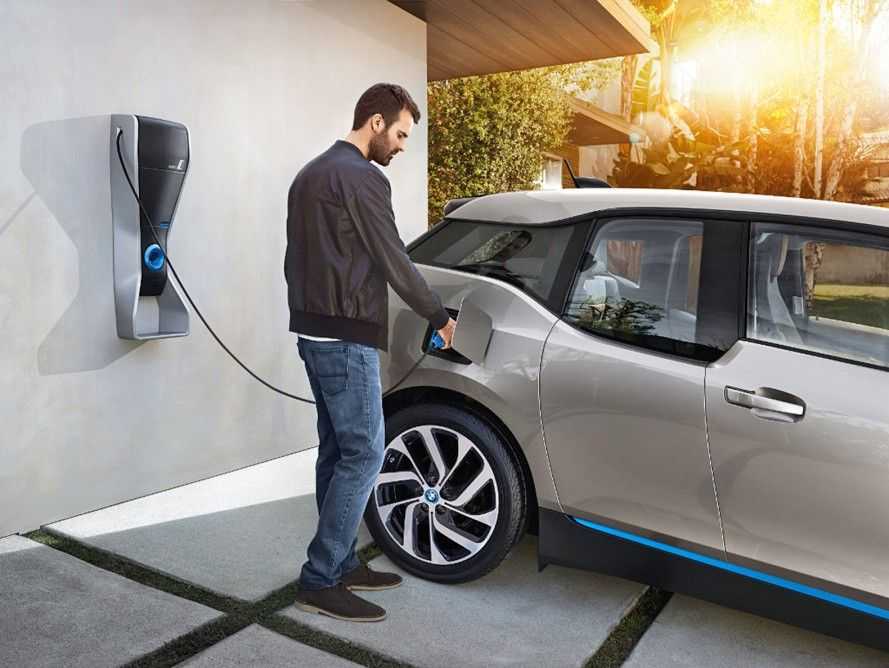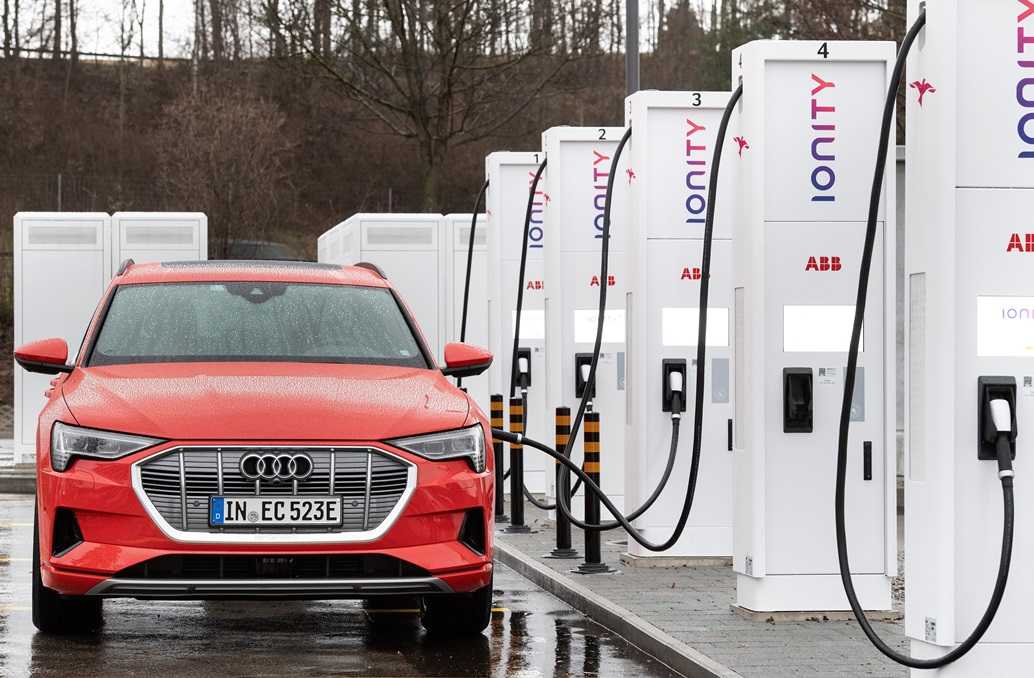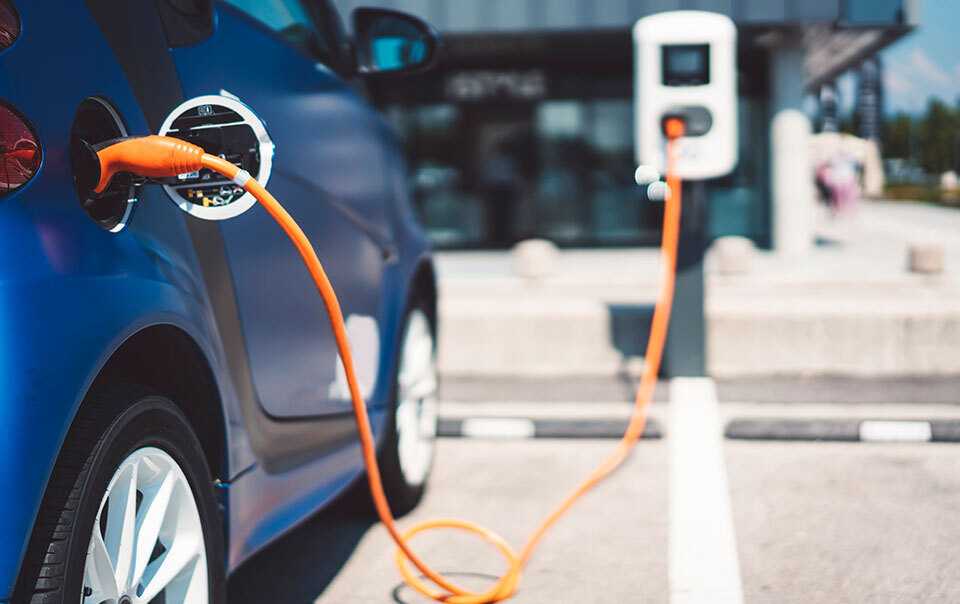An electric car is eco-friendly and comes with various advantages. But it has some minor inconveniences too, and the charging time is one of them. In the case of a conventional gas-run vehicle, you can just go to a fuel pump and fill up the tank in minutes. Electric vehicles (EVs) need to be plugged into a power outlet, which is never a quick business. How long does it take to charge an electric car?
All potential buyers are likely to have concerns about the charging time of EVs. Improvement in the rapid-charging technology has cut the charging time short. Is this enough to compete with fuel-driven vehicles? How fast can you charge an electric car? Let’s find out.
Contents
Factors Affecting Electric Car Charging Time
How long does it take to charge an electric car? To understand that, you should know about the variables that affect the timing. These are the main factors:
Battery Size and Charging State
A bigger battery with a higher capacity will take more time for a full charge than a smaller unit with less power (measured in kWh). Also, the duration depends on the charging state of the battery. For example, an empty unit will take more than double time than one being topped up from 50% of charge.
Vehicle’s Maximum Charging Rate
No matter how powerful the charging technology is, a car cannot take charge at a scale higher than its maximum charge rate. For example, if your EV’s max charge rate is 10kW, connecting it to a 20kW chargepoint won’t charge it faster.
Chargerpoint’s Maximum Charging Rate
Similarly, a chargepoint’s charging capacity also plays a part in how long to charge an electric car. For example, a 10kW chargepoint will charge both 10kWh and 15kWh vehicles at a rate of 10kW.
Environmental Elements
The charging process could be slower in a cold environment, particularly when you are using a rapid charger. EVs also struggle a bit in low temperatures so they will produce fewer miles compared to the battery charge.
SEE MORE
How Long Do Electric Cars Take to Charge: Calculating the Time
How long does it take to charge an electric car? Apart from the factors mentioned above, charging time depends on the type of charger you are using.
You can choose either home charging or public charging, and the charging time won’t be the same.
Home Charging
Almost 90% of electric cars are charged at the homes of their owners. The charging time, in this case, depends on the power supply, your car’s battery, and the battery’s charging state.
A standard 3-pin socket at any household supplies power at a rate of 3kW. But leaving an EV plugged in overnight can overheat the socket, leading to accidents. A safer, faster option will be a Wallbox that can supply up to 7kW of power.

These home charging options are a one-phase charging system. You can rapidly reduce the chagrin time by using a 22kW three-phase charging station. However, such a chargepoint is highly expensive and most EVs are not compatible with this system.
A simple formula to calculate the time is: Total charging time = kWh (charging rate of the battery) ÷ kW (charging rate of the power source)
For example, a Honda E city car, which has a 35.5kWh battery, will take 5 hours to get fully recharged if plugged into a 7kW Wallbox.
Public Charging
Chargepoints at public places have a higher power rating than household power outlets. So, plugging your EV into a public charging station means a quicker charging time.
Types of Public Chargers
You can divide the public charging facilities into two types — fast and rapid chargers.
Any charging pod with a power supply capacity between 7kW and 50kW is considered as fast chargers. Anything above that rating is considered as a rapid charger.
Tesla’s Superchargers are technically capable of charging at 150kW, but the company has restricted the maximum power at 120kW. In 2019, the automaker has boosted the stations to yield power at up to 150kW for Model 3 Long Range and some versions of Model S and X (which have a 100kW battery). Tesla has a plan to launch 250kW charging stations, but only a few electric cars to date can get recharged at that rate.
Meanwhile, IONITY — a network for high-power-charging EVs — has rolled out a network of 350kW charging pods across Europe. These stations not only ensure a super-fast charging time but also offer a single, standard plug to solve the confusion of various electric sockets in Europe. Only a handful of EVs are equipped to receive this charging speed, but more compatible models will come soon.

Most big cities in the USA, UK, and EU countries have enough charging stations and new infrastructures are popping up in new locations. Compared to the past, finding a charging pod is easier nowadays.
These stations offer different billing cycles depending on the battery capacity of the vehicles. For example, Superchargers ‘tier 1’ and ‘tier 2’ plans. The first one is for vehicles that charge at or below 60kW, and the second plan is applicable for the ones capable of receiving the charge at a rate higher than 60kW. Of course, the charging speed and cost of tier 1 are lower than tier 2.
How Long Does It Take to Charge an Electric Car?
You will get a better idea from the following chart. It compares the charging time of three different vehicles (with different battery capacities).
| Vehicle | Full Charging Time | ||||||
| Model | Battery | Maximum Mileage | 3.7kW slow | 7kW fast | 22kW fast | 43-50kW rapid | 150kW rapid |
| 2019 Tesla Model S | 75kWh | 238 miles | 21 hrs | 11 hrs | 5 hrs | 2 hrs | <1 hr |
| 2018 Nissan LEAF | 40kWh | 143 miles | 11 hrs | 6 hrs | 6 hrs | 1 hrs | Can’t charge |
| 2018 Mitsubishi Outlander PHEV | 13.8kWh | 24 miles | 4 hrs | 4 hrs | 4 hrs | 40 mins | Can’t charge |
The chart clarifies that a car with a higher battery capacity will yield more mileage even if it takes a bit longer to get recharged. A high-performance EV can receive charging at a quicker rate if you plug it into a high-capacity chargepoint. Remember that most EVs are not compatible with 150kW and higher rapid charging stations.
How long does it take to charge an electric car? Hopefully, you get the idea for calculating the exact time for your model.



